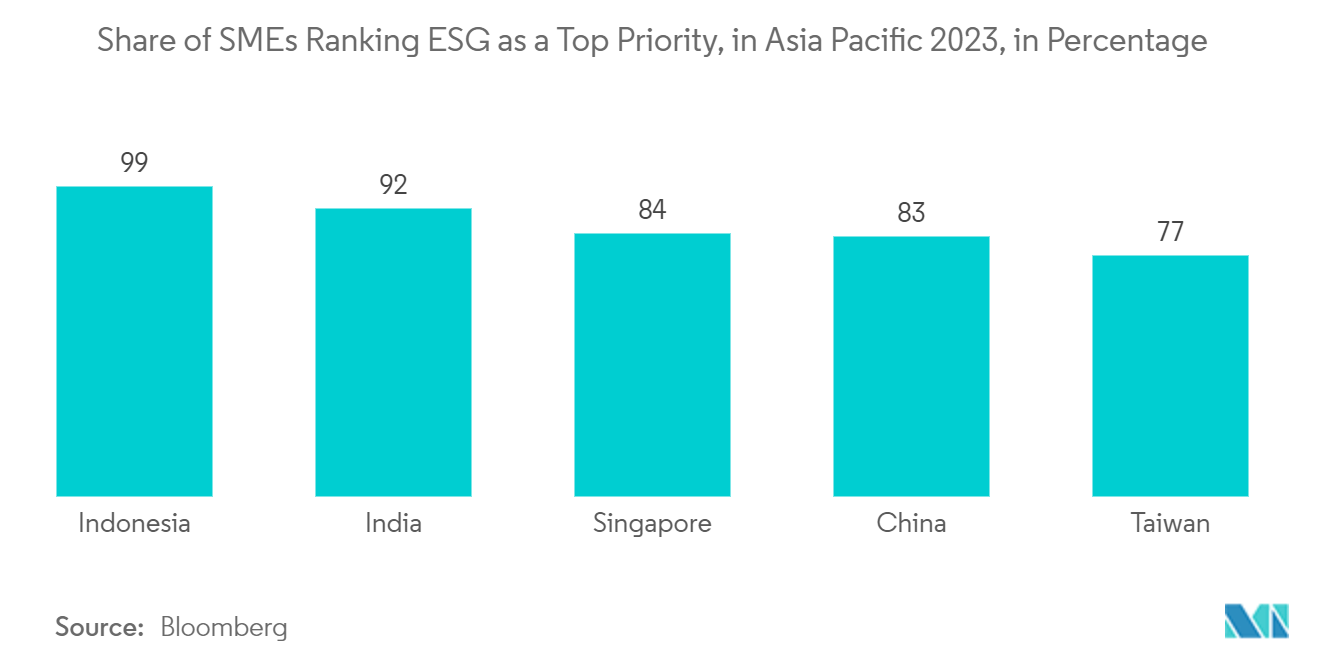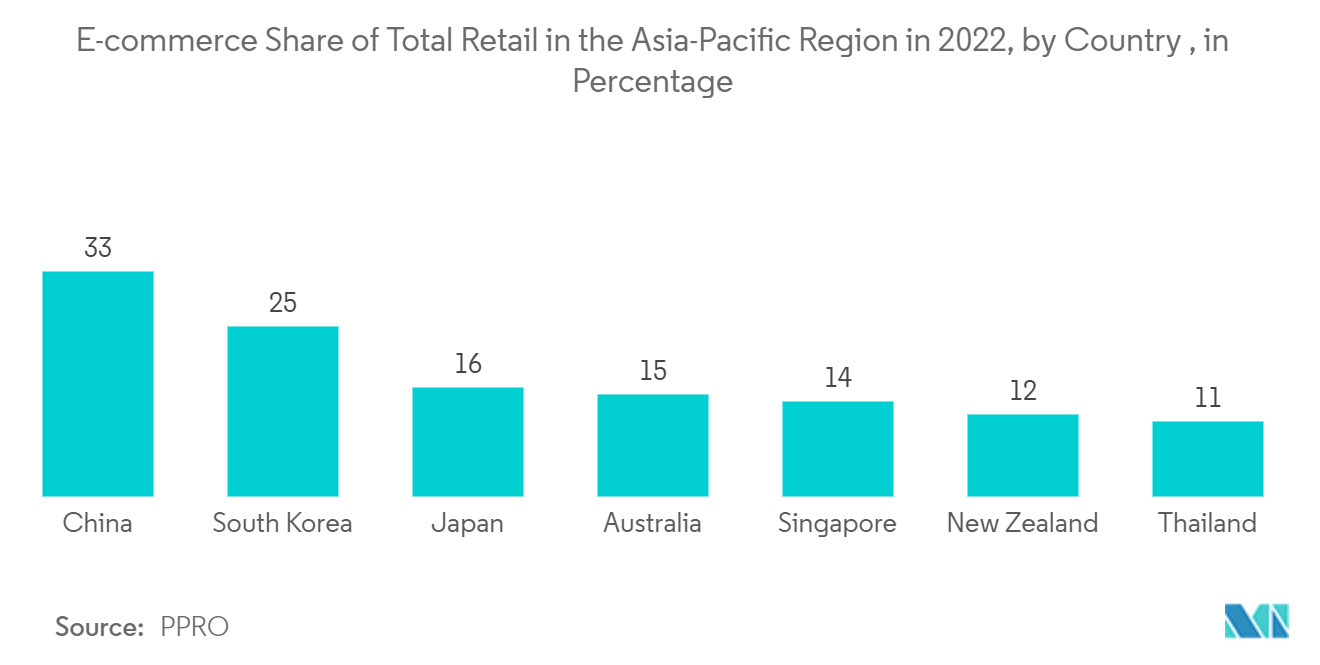Market Trends of Asia Pacific Industrying Automation Software Market
Shift Towards Digital Marketing is Expected to Drive the Market Growth
- The Asia-Pacific region is witnessing rapid growth in its business landscape, especially in the e-commerce and Quick Commerce sectors. This growth is expected to drive the demand for social media marketing in the region. Quick Commerce is a faster version of e-commerce that delivers goods within a few minutes. As businesses require quick connections with their users and a mass audience to promote offers, discounts, and sales, marketing automation tools are expected to see a rise in demand in the region.
- However, the coronavirus pandemic has led to a significant rise in the online population worldwide, making the sector even more appealing but also increasingly vulnerable due to rapidly evolving internet privacy laws and third-party cookie deprecation on Google Chrome in 2023.
- According to the SME Finance Forum, small and medium-sized enterprises (SMEs) comprise over 98% of the number of enterprises in the Asia-Pacific region. These SMEs contribute about 17% to the national GDP in low-income countries like India and about 40-50% in higher-income countries like Malaysia and Singapore. The region has also seen a digital drive for SMEs, leading to the adoption of better software solutions to drive business growth.
- The most important market sectors for digital advertising in the Asia-Pacific are search advertisements and video ads, which increasingly prioritize mobile devices over desktop advertising. However, advertisers face significant obstacles due to the region's linguistic and cultural diversity, as well as the range of local social media platforms and messaging applications. Therefore, businesses and advertising agencies prioritize localization when entering APAC countries. For example, Spotify launched ambitious video campaigns featuring regional artists for each country's launch in Indonesia, Thailand, and the Philippines.
- According to DataReportal, Chinese citizens have a significant online presence, with 983.3 million active social media users in 2022. Other Asia-Pacific nations and regions rank behind China in terms of their use of social media, with India and Indonesia ranking second and third, respectively, with 467 million and 191.4 million active social media users in 2022.

China is Expected to Hold a Major Market Share
- China's online marketing industry is highly dynamic, with businesses continuously adapting their software and strategies to maintain competitiveness. What works in Western markets may not necessarily be successful in China. In fact, China frequently sets the bar for innovative marketing techniques that later become popular in the West. However, some Chinese marketing strategies are unique to the local market and resonate only with Chinese consumers.
- WeChat groups have proven to be a reliable method of generating private traffic in China. While a chatbot cannot replace a human administrator entirely, integrating it can enhance cost-effectiveness and utility for businesses. Chatbots can be programmed to perform various tasks, such as responding to frequently asked questions, advertising upcoming events, conducting surveys, gathering audience data, suggesting products based on keywords, and more. These marketing automation tools could be useful in the vast Chinese online market, benefiting both buyers and sellers.
- Pinduoduo, an e-commerce platform where users can participate in group buying offers, has gained popularity due to its 66% user base from low-income cities. This phenomenon has alerted major corporations such as JD.com to the potential of these often-neglected cities. Even though these customers may have less disposable income, they represent 128 million internet users, compared to 74 million in first- and second-tier cities. Lower-tier cities have significant income-earning potential.
- Another major factor contributing to the rise of e-commerce and online shopping is the growing disposable income of Chinese consumers. According to the National Bureau of Statistics China, the combined disposable income of Tier 1,2, lower and rural China is expected to reach around USD 4 trillion by 2030. This surplus income will likely lead to increased market penetration and online trade in both urban and rural areas. As a result, there will likely be an increase in demand for Marketing Automation Solutions.
- China is home to major tech and e-commerce companies like Alibaba, Tencent, JD.com, and Xiaomi. For example, JD.com was the highest-earning Chinese internet corporation in 2022, according to the Fortune China 500 ranking, based on the company's 2021 annual revenues. Alibaba Group was its closest competitor. The past decade has seen three domestic digital giants known as the BATs-Baidu, Alibaba, and Tencent-dominate China's internet market.

